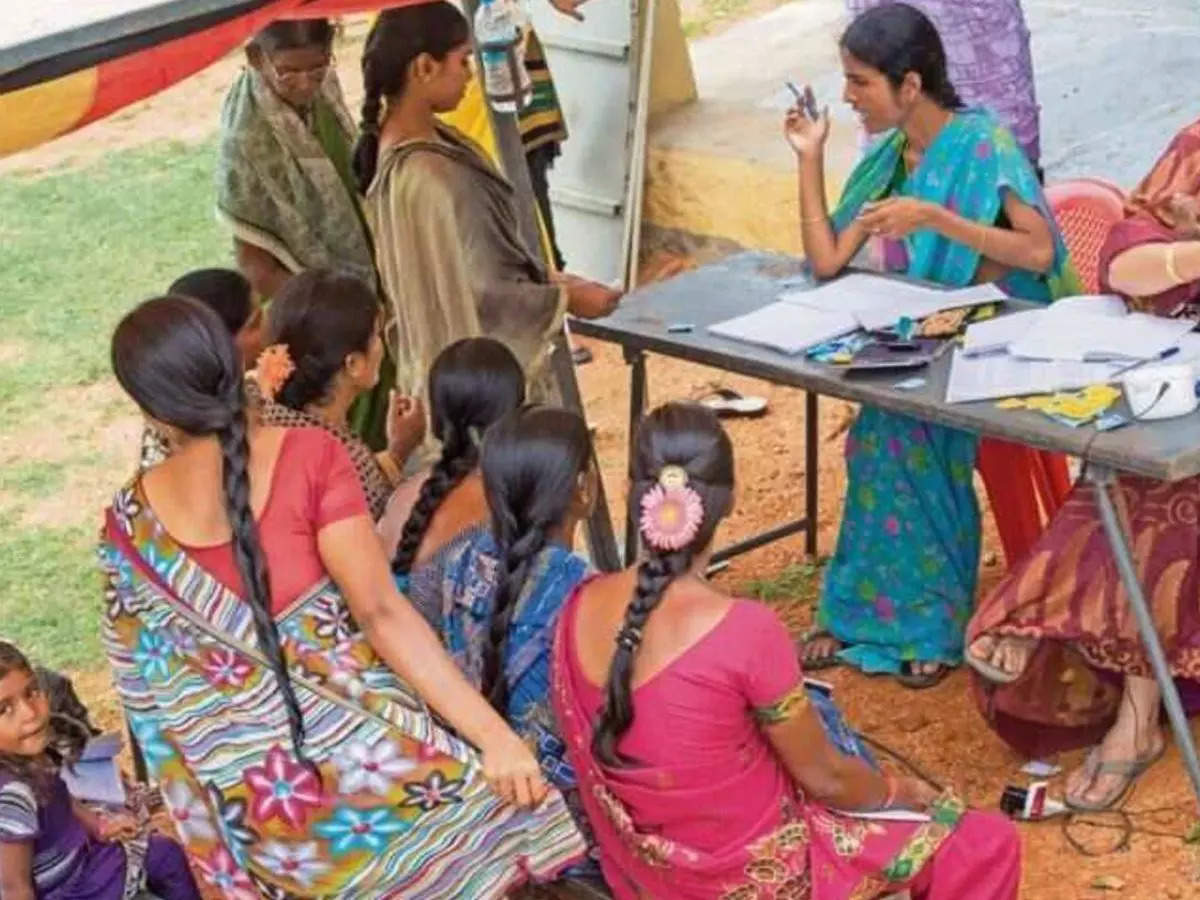- Industry
- 4 min read
How Healthcare is improving for women in rural India
The future of healthcare for rural Indian women holds promise with ongoing initiatives, policy reforms, and innovative healthcare solutions. The collective efforts of policymakers, healthcare providers, NGOs, and communities will help in building positive transformations in rural healthcare

In recent years, there has been a notable transformation in the healthcare scenario for women residing in rural India. Through combined endeavours from governmental and non-governmental organisations, coupled with advancements in technology and better awareness, the accessibility to quality healthcare services has significantly improved. Over the past decade, rural healthcare infrastructure has seen notable enhancements, with a 30 per cent rise in primary health centres and a 50 per cent increase in healthcare personnel.
Enhanced Access to Healthcare Facilities:
A prominent improvement lies in the enhanced access to healthcare facilities across rural regions. Recent data indicates a substantial increase in the number of healthcare centres, including primary health centres (PHCs) and community health centres (CHCs), throughout rural India. This expansion directly benefits women who previously faced limited access to crucial healthcare services.
A study by the Ministry of Health and Family Welfare (MoHFW) revealed that the number of PHCs surged from 133,194 in 2005 to 214,820 in 2021, marking a 61.3 per cent increase over the past decade. Additionally, initiatives such as the National Rural Health Mission (NRHM) have played a pivotal role in improving healthcare infrastructure in rural areas, narrowing the gap between urban and rural healthcare facilities.
Focus on Maternal and Child Health:
The number of institutional births in rural India, increased from 78.9 per cent in 2015-16 to 88.6 per cent in 2019-2021. Maternal mortality ratios (MMR) have displayed a declining trend, signifying improved healthcare interventions during pregnancy and childbirth. According to the latest statistics from UNICEF, the MMR has decreased by 34 per cent, showcasing a substantial improvement. The implementation of skilled birth attendants and the promotion of antenatal care have significantly contributed to reducing maternal mortality and enhancing overall maternal health outcomes in rural areas.
However, there is a need for more frontline workers to support expecting mothers in rural areas. There can be improved facilities through maternity waiting homes, better obstetrician care, more institutional delivery centres.
Empowering Women through Health Education:
Health education and awareness campaigns have also played a significant role in empowering women to proactively manage their health. Non-governmental organisations (NGOs) and grassroots-level initiatives have been instrumental in organising workshops, awareness drives, and health camps, specifically targeting women in rural communities.
Data indicates that these efforts have led to a notable increase in health literacy among rural women, resulting in better health-seeking behaviours and early detection of health issues. For instance, the adoption of family planning methods has witnessed a rise from 663 million to 851 million, indicating a positive shift towards reproductive health awareness and decision-making among rural women.
Integration of Technology in Healthcare Delivery:
Both government and private NGOs have worked together towards reshaping healthcare by establishing a cohesive digital infrastructure. With over 55 crore Ayushman Bharat Health Accounts (ABHA) created, the ABDM has helped in streamlining medical records, promoting telemedicine, and bridging accessibility gaps. Technology has revolutionised healthcare delivery in rural India, making services more accessible and efficient. Telemedicine platforms, mobile health applications, and digital health records have streamlined healthcare processes, enabling rural women to access medical consultations, receive health information, and manage their health records conveniently.
Challenges and Future Prospects:
Despite significant progress, challenges such as healthcare infrastructure gaps, socio-economic disparities, and cultural barriers persist and impact healthcare delivery in rural India. Addressing these challenges necessitates a multi-faceted approach, including continued investment in healthcare infrastructure, capacity building of healthcare professionals, and targeted interventions focusing on marginalised communities. Furthermore, when discussing community health, enhanced health governance and increased involvement of Panchayati Raj Institutions (PRIs) are anticipated. That’s needed for greater devolution of power to PRI to enhance efficiency and accountability.Looking ahead, the future of healthcare for rural Indian women holds promise with ongoing initiatives, policy reforms, and innovative healthcare solutions. The collective efforts of policymakers, healthcare providers, NGOs, and communities will help in building positive transformations in rural healthcare. With sustained focus on innovation, inclusivity, and sustainability, we can build a healthier and more resilient healthcare ecosystem catering to the unique needs of rural Indian women.
The article is written by Saurav Dutta, Team Co-ordinator, PRADAN, Ranchi
(DISCLAIMER: The views expressed are solely of the author and ETHealthworld.com does not necessarily subscribe to it. ETHealthworld.com shall not be responsible for any damage caused to any person/organisation directly or indirectly).



COMMENTS
All Comments
By commenting, you agree to the Prohibited Content Policy
PostBy commenting, you agree to the Prohibited Content Policy
PostFind this Comment Offensive?
Choose your reason below and click on the submit button. This will alert our moderators to take actions